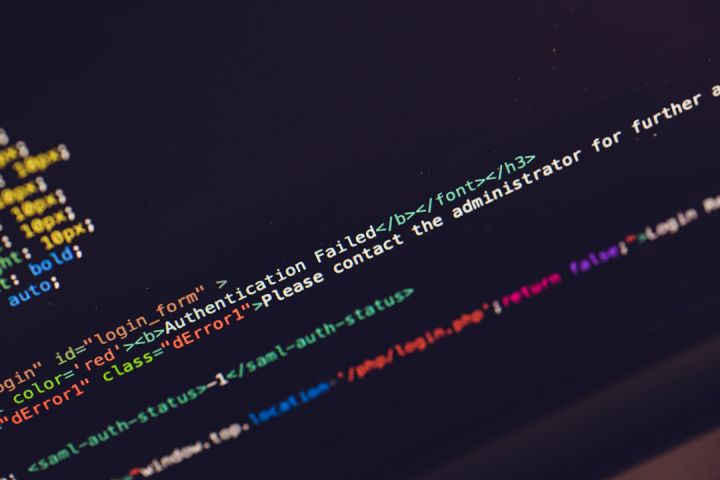How to Ensure Security When Implementing it Automation?
In today’s digital age, automation has become an essential component of IT infrastructure. It streamlines processes, increases efficiency, and reduces human error. However, as organizations increasingly rely on automation, it is crucial to prioritize security to protect sensitive data and mitigate potential risks. This article will explore key strategies to ensure security when implementing IT automation.
Understanding the Risks
Before diving into the implementation of IT automation, it is vital to have a clear understanding of the potential risks involved. Automation can introduce vulnerabilities if not properly managed. From unauthorized access to system failures, these risks can have severe consequences. By acknowledging these potential risks, organizations can develop effective security measures to mitigate them.
Implementing Strong Authentication
A robust authentication system is the backbone of any secure IT infrastructure. When implementing IT automation, organizations must ensure that only authorized personnel can access and modify automated systems. This can be achieved by implementing multi-factor authentication, such as combining passwords with biometric authentication or one-time passwords. Strong authentication measures reduce the risk of unauthorized access and protect sensitive data.
Securing Communication Channels
Communication between automated systems and other components of the IT infrastructure should be secure to prevent data interception or tampering. Implementing encryption protocols, such as Transport Layer Security (TLS) or Secure Shell (SSH), ensures that data transmitted between systems remains confidential and cannot be easily intercepted by malicious actors. Regularly updating encryption protocols is also crucial to staying ahead of emerging security threats.
Implementing Access Controls
Access controls play a vital role in ensuring that only authorized individuals have access to specific resources or actions within an automated system. By implementing access controls, organizations can set user privileges and restrict access to critical functions. This prevents unauthorized individuals from making unauthorized changes or accessing sensitive data. Regularly reviewing and updating access controls is necessary to adapt to changing roles and responsibilities within the organization.
Regularly Updating and Patching Systems
Automation systems, like any other software, are not immune to vulnerabilities. Regularly updating and patching automation systems is crucial to ensure that known security vulnerabilities are addressed promptly. Organizations should establish a process for monitoring and applying updates to automation systems, ensuring that these systems remain secure against emerging threats.
Monitoring and Logging
Implementing a robust monitoring and logging system is essential for detecting and responding to potential security incidents. By monitoring system logs, organizations can identify any suspicious activities or anomalies that may indicate a security breach. Additionally, monitoring can help identify performance issues or system failures, allowing for prompt remediation. Regularly reviewing and analyzing system logs can provide valuable insights into potential vulnerabilities and help improve overall security.
Training and Awareness
No matter how robust the security measures are, human error remains a significant risk. Educating employees about the importance of security and providing training on best practices is crucial to ensuring the success of IT automation initiatives. Regularly conducting security awareness programs can help employees understand their role in maintaining a secure environment and reduce the likelihood of accidental security breaches.
Conclusion: Ensuring Security in IT Automation
As organizations increasingly embrace IT automation, prioritizing security becomes paramount. By understanding the risks, implementing strong authentication, securing communication channels, implementing access controls, regularly updating and patching systems, monitoring and logging, and providing training and awareness, organizations can ensure the security of their IT automation initiatives. With a robust security framework in place, organizations can reap the benefits of automation while safeguarding their sensitive data and mitigating potential risks.






